Downstream Flow Regimes
A river’s flow naturally varies and has a characteristic pattern. The flow regime can be characterised according to many aspects, such as flow magnitude, duration, frequency, timing, rates of change, and predictability. Hydropower developments can result in changes to the flow regime depending on the project design and operational patterns.
Good practice requires that flow regimes downstream of hydropower project infrastructure should be planned and delivered with an awareness of and measures incorporated to address environmental, social and economic objectives affected by those flows. Objectives should reflect important river uses, values and services. All affected river reaches downstream of hydropower infrastructure should be considered and there should be evidence that the flow regimes meet publicly disclosed objectives and commitments.
Understanding good practice
Adhering to good practice in this area can help a project developer to identify and manage downstream flow-related environmental, social and transboundary issues throughout the project life-cycle.
International industry good practice in downstream flow regimes for hydropower projects is defined in the Hydropower Sustainability Guidelines.
Assessing project performance
Two assessment tools are available to measure hydropower project performance:
In Hydropower Sustainability Assessment Protocol (HSAP), Downstream Flow Regimes is addressed in P-23 for the preparation stage, I-20 for the implementation stage and O-19 for the operation stage.
In Hydropower Sustainability ESG Gap Analysis Tool, Downstream Flow Regimes is addressed in Section 11.





